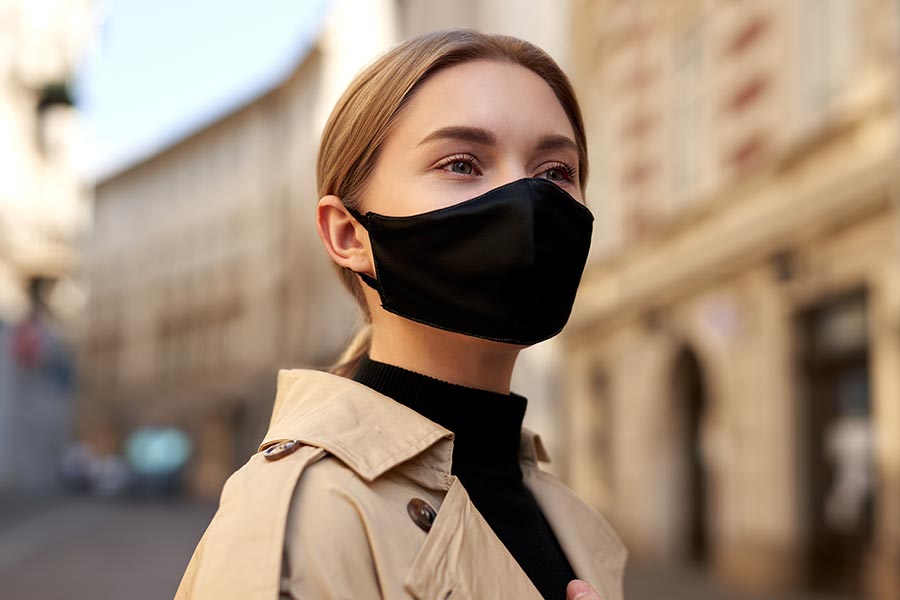
4 Things You Need to Know About Wearing a Mask
Wearing a face mask is an easy way to help protect others while we all work together to stop the spread of COVID-19. If you’re working in a job that puts you in close contact with other people or are going out into a public place, the CDC recommends wearing a mask. So what do you need to know before masking up and heading out?
- You can have COVID-19 without symptoms.
According to the CDC, a significant portion of individuals with COVID-19 lack symptoms (are “asymptomatic”) and even those who eventually develop symptoms (are “presymptomatic”) can transmit the virus to others before showing symptoms. This is why it’s important for everyone to wear a mask to prevent the spread of respiratory droplets from person to person.
- You have a lot of options for face masks.
Disposable masks and cloth masks are available for purchase online and in many stores. Cloth masks are increasingly available in a wide variety of patterns and colors to suit your style. However, you can also make a cloth mask at home. The CDC provides patterns, both for those who can sew and those who can’t.
- Once your mask is on, no touching!
Correctly wearing a face mask requires covering both your nose and mouth with the mask. Once it is in place, don’t touch the mask until you’re taking it off carefully at home. That means don’t pull it down around your neck even once you’re in your car. When you are ready to take it off completely, handle it only by the ear loops before disposing of it or putting it in the washing machine.
- There are times when wearing a mask is difficult, or not possible. But there are alternative options in these cases that will still keep everyone safe.
The CDC suggests the following:
- Those who are deaf or hard of hearing should consider obtaining a clear mask if they rely on lip reading.
- Children younger than 2 should not wear a mask.
- Some people with intellectual or developmental disabilities, mental health conditions or other sensory sensitivities should talk with their healthcare provider about wearing masks.
- Activities like running or swimming should be conducted where there is greater ventilation and air exchange (like outdoors, instead of indoors) while maintaining physical distance from others.
At Strata Health Solutions, we encourage everyone to follow the CDC’s recommendations in order to contribute to safety and public health.
